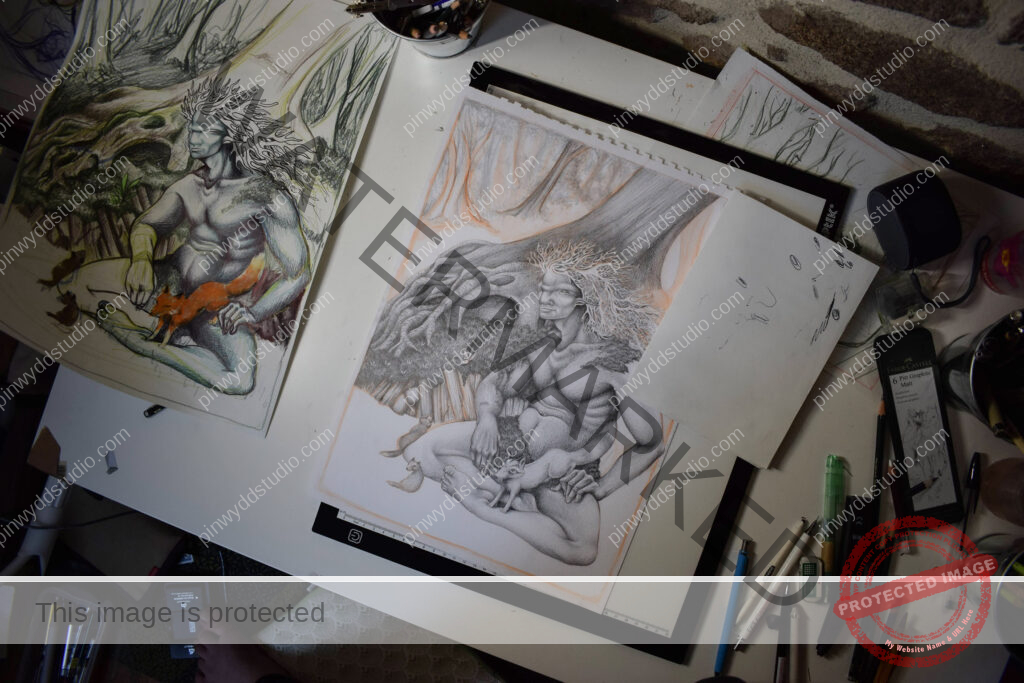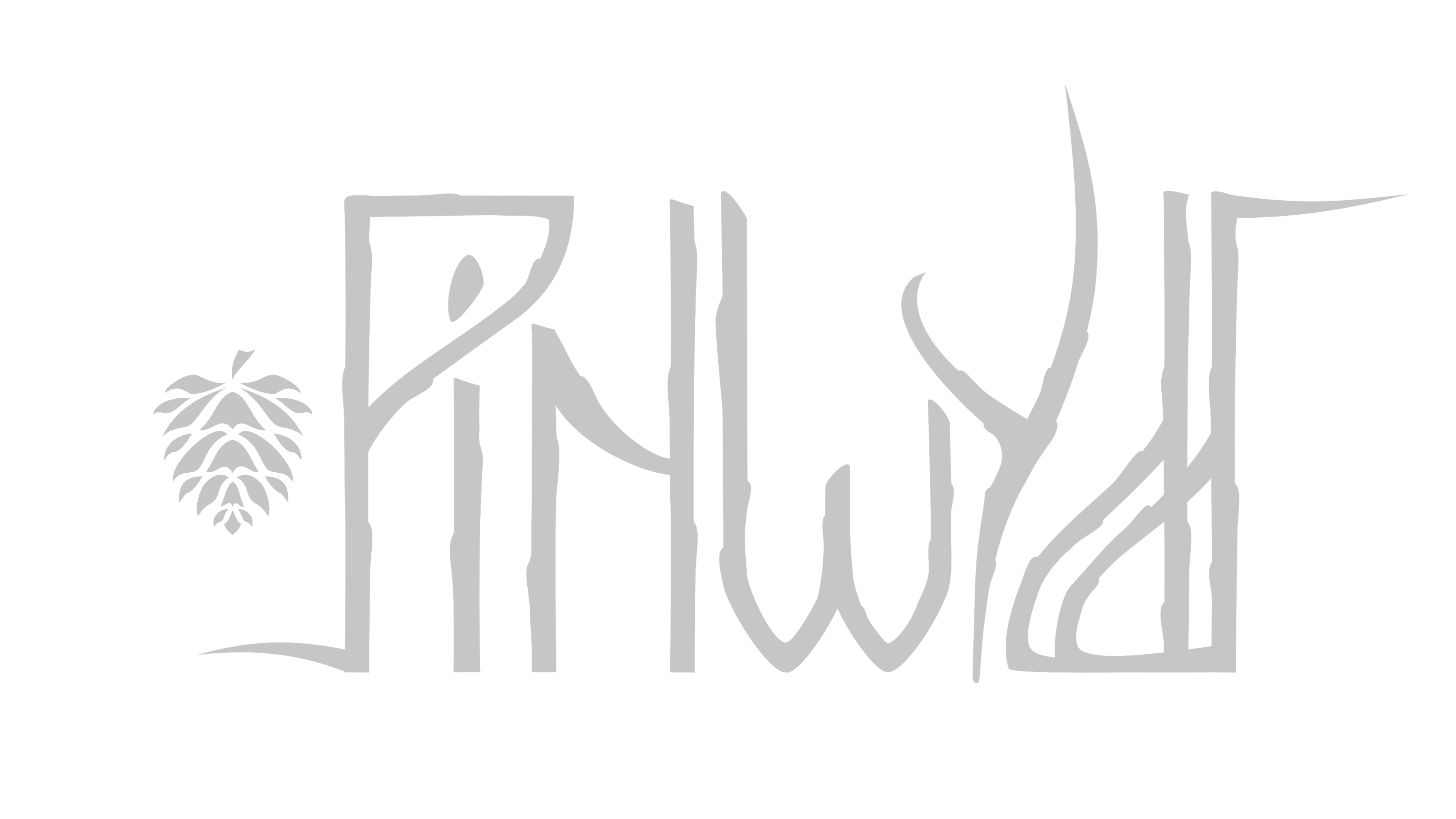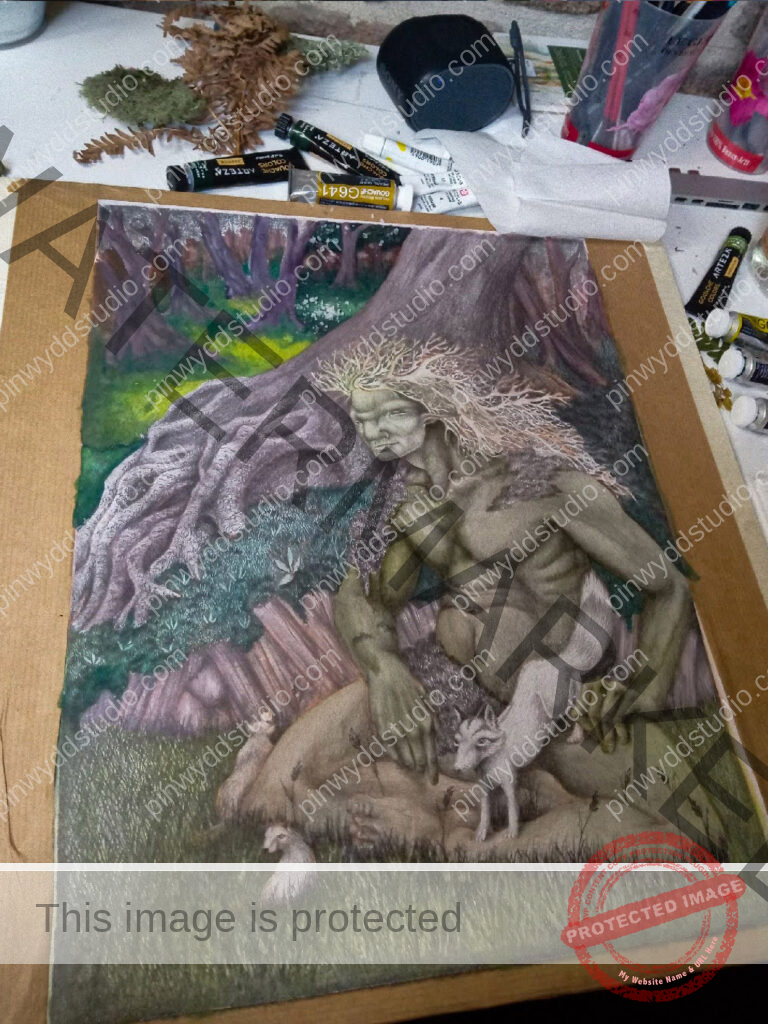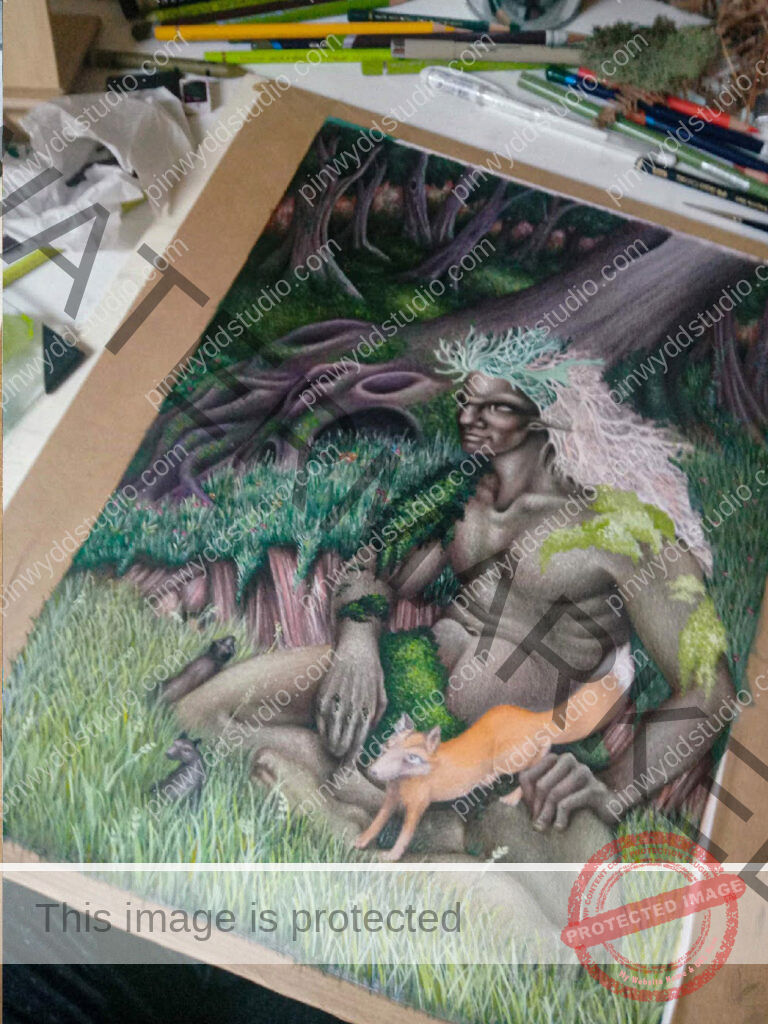Finding Inspiration in Nature:
Illustration from nature: sketching and painting with lichen as a reference source
In this post I’ll talk a bit about the Lichen man. This piece that turned out to be one of my favourites in 2022, albeit the technical and personal difficulties it forced me to face.
In this post I’ll talk a bit about the Lichen man. This piece that turned out to be one of my favourites in 2022, albeit the technical and personal difficulties it forced me to face.
Q: Was this a planned illustration?
A: Not at all. This was a personal project, and I wasn’t following any text or guidance. This piece in particular had to wait over a year from it’s first sketch to it’s completion. The sketch itself wasn’t planned or studied in thumbnails, it was just something that came up on the page. And you might notice that my sketch here is exactly that: a sketch. Messy lines, no finishing touches, no fancy shading.
It was a very different situation from these other illustrations, which were a collaboration for which I had to follow a text and have the sketches approved.
Q: Do you take a sketch directly to the final piece?
A: It depends. In this case it took four other studies before I came to something I thought I could transfer to a final paper. Each study corrected some details I wasn’t happy with in the previous ones. I use a light table to do this, so I can retrace the parts I’m happy with and then draw the rest in a different way.
I fixed his sitting position, which took a while. I didn’t need it to be anatomically precise, but I did want something that looked like proper legs and worked with the composition.
For the background I used a photo I had taken in the woods, and I did some sketches of foxes to get the animal right, but I also didn’t bother with making it too close to reality.
It was only in the last step that I added more intricate details, like the lichen hair.


Q: How did you chose the technique for the final version?
A: I didn’t choose so much as I made a mistake. I always thought of having it in colour, but I intended to set the values down with graphite and then colour over it with watercolours (if you’re wondering how that works, check out this video by smoothy77), or digitally.
And then I used the wrong pencil to do the transfer – a wax based pencil instead of a watercolour one – which resulted in orange lines that wouldn’t go away. Oh, well. In the end I had to use gouache to cover it up, and that’s how it ended up being a gouache painting.
To be honest I’m much more confortable with dry media, and I prefer to set values, volumes and textures with either graphite or coloured pencils, and then use washes to bring up colour.
Q: How did it feel realising you'd have to paint over?
A: Well, it’s how it goes when you’ve done several hours of work and then realise the next step is basically going to erase all of it (I mean, not really, but I’ll talk about that in a future post). Doesn’t feel great, but at such a point you can either give up on the piece and start over (which I’ve done several times before) or push through and finish anyway because you believe the final result will be worth it.

Q: Was this a planned illustration?
A: Not at all. This was a personal project, and I wasn’t following any text or guidance. This piece in particular had to wait over a year from it’s first sketch to it’s completion. The sketch itself wasn’t planned or studied in thumbnails, it was just something that came up on the page. And you might notice that my sketch here is exactly that: a sketch. Messy lines, no finishing touches, no fancy shading.
It was a very different situation from these other illustrations, which were a collaboration for which I had to follow a text and have the sketches approved.
Q: Do you take a sketch directly to the final piece?
A: It depends. In this case it took four other studies before I came to something I thought I could transfer to a final paper. Each study corrected some details I wasn’t happy with in the previous ones. I use a light table to do this, so I can retrace the parts I’m happy with and then draw the rest in a different way.
I fixed his sitting position, which took a while. I didn’t need it to be anatomically precise, but I did want something that looked like proper legs and worked with the composition.
For the background I used a photo I had taken in the woods, and I did some sketches of foxes to get the animal right, but I also didn’t bother with making it too close to reality.
It was only in the last step that I added more intricate details, like the lichen hair.

Q: How did you chose the technique for the final version?
A: I didn’t choose so much as I made a mistake. I always thought of having it in colour, but I intended to set the values down with graphite and then colour over it with watercolours (if you’re wondering how that works, check out this video by smoothy77), or digitally.
And then I used the wrong pencil to do the transfer – a wax based pencil instead of a watercolour one – which resulted in orange lines that wouldn’t go away. Oh, well. In the end I had to use gouache to cover it up, and that’s how it ended up being a gouache painting.
To be honest I’m much more confortable with dry media, and I prefer to set values, volumes and textures with either graphite or coloured pencils, and then use washes to bring up colour.
Q: How did it feel realising you'd have to paint over?
A: Well, it’s how it goes when you’ve done several hours of work and then realise the next step is basically going to erase all of it (I mean, not really, but I’ll talk about that in a future post). Doesn’t feel great, but at such a point you can either give up on the piece and start over (which I’ve done several times before) or push through and finish anyway because you believe the final result will be worth it.
Q: What challenges did you overcome in this piece?
A: It helped me work through useless perfectionism. To me this is like a trap I can fall into when I put too much attention to detail. I absolutely love botanical and scientific illustration, but I’m not a botanist nor a scientist. When I start going down that hole, trying to get details of natural elements right, it can consume hours of my creative time and leave me feeling frustrated.
During this piece is when I decided my plants and animals don’t have to look like any plants and animals anyone has ever seen. At least not exactly. They might remind the viewer of something they’ve seen before, like a fox. But I’m trying to be more free with my decisions and not get too attached to what an actual fox should be like. It certainly made the process a lot more fun.
Q: What challenges did you overcome in this piece?
A: It helped me work through useless perfectionism. To me this is like a trap I can fall into when I put too much attention to detail. I absolutely love botanical and scientific illustration, but I’m not a botanist nor a scientist. When I start going down that hole, trying to get details of natural elements right, it can consume hours of my creative time and leave me feeling frustrated.
During this piece is when I decided my plants and animals don’t have to look like any plants and animals anyone has ever seen. At least not exactly. They might remind the viewer of something they’ve seen before, like a fox. But I’m trying to be more free with my decisions and not get too attached to what an actual fox should be like. It certainly made the process a lot more fun.
Questions, suggestions, propositions? Send us a message!
Error: Contact form not found.





